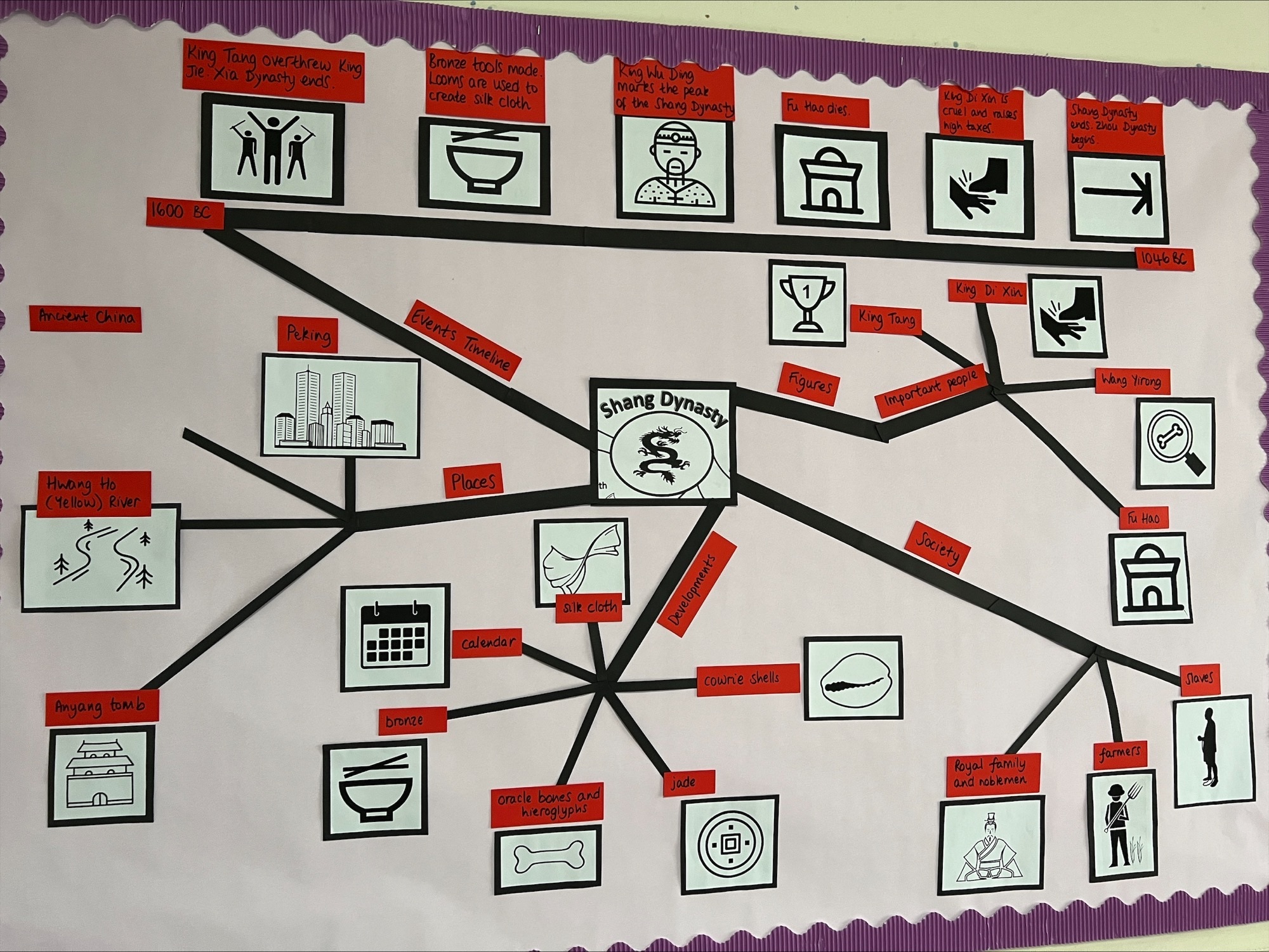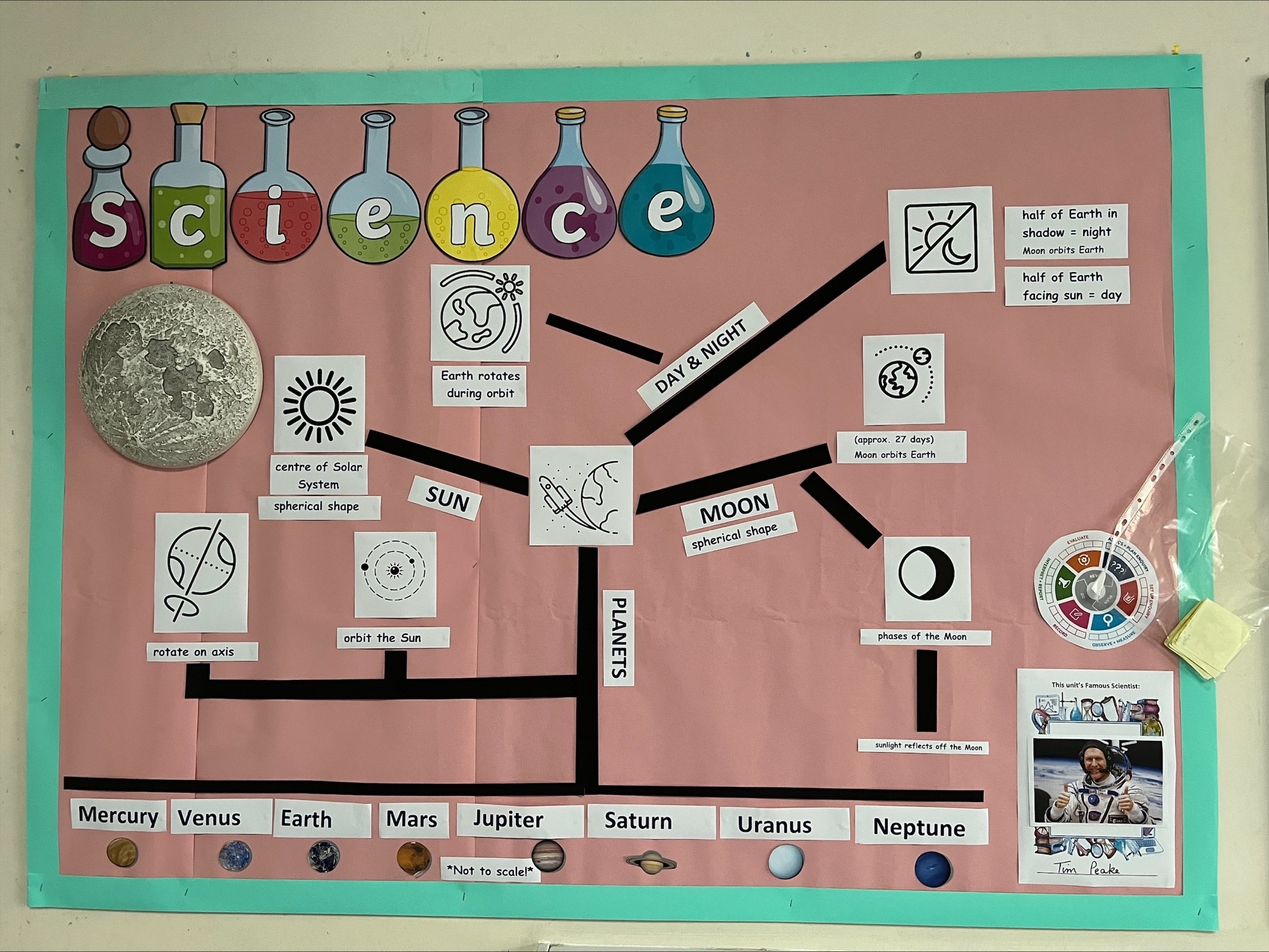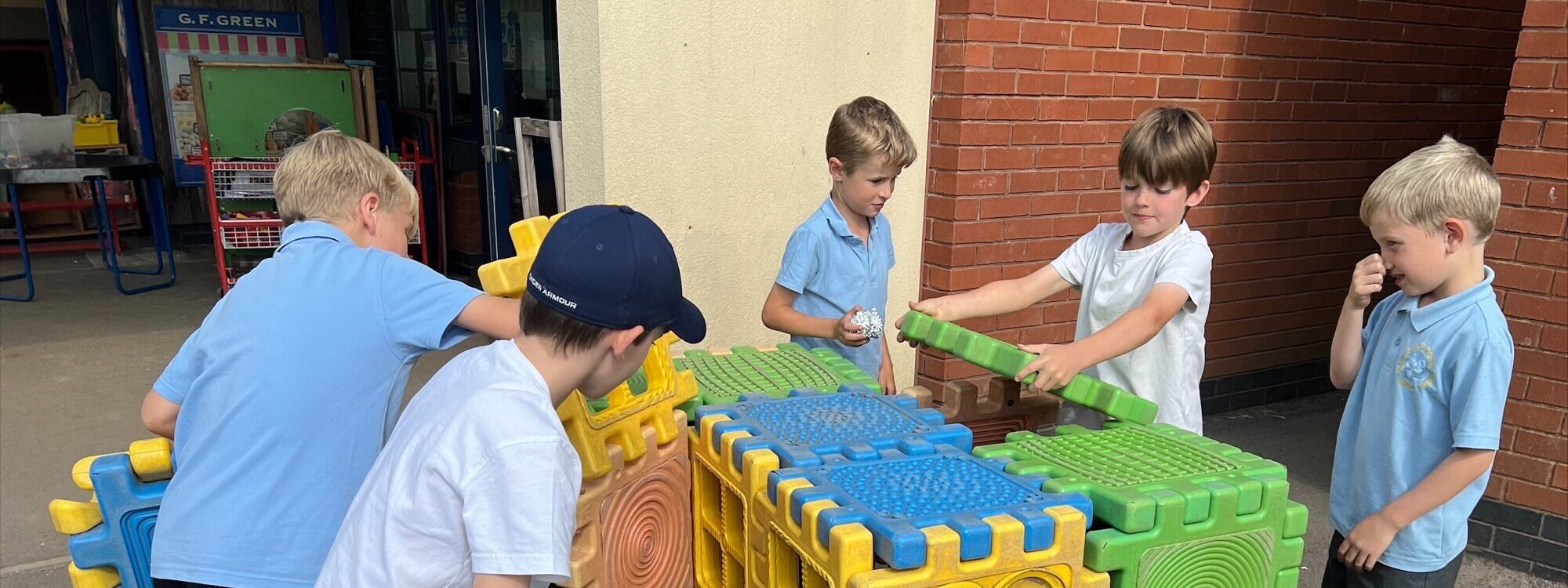- Home
- School Life
- Curriculum Overview
Curriculum Overview
Here at St.Michael's, we have an exciting curriculum, following the National Curriculum, which focuses on knowledge, skills and understanding.
This page will provide you with all the information that you will need regarding the topics each year group learn about. If you have any further questions, please do not hesitate to contact us.
Curriculum Statement of Intent
Morals and values framework and ethos of the school statement
Our Vision, 'Deep Roots Bearing Fruit - Enriching Lives Everyday’ is taken from the 'Parable of the Sower', which can be found in the Synoptic gospels. This is key to the development of our Christian environment and ethos.
This provides a foundation of Christian expectation and is integral in the teaching and learning of Religious Education for the children in our care, and can be witnessed though our school values, which are:
Excellence; Nurture; Respect; Integrity; Compassion; Hope (ENRICH)
We aim to:
- have integrity in all that we do, ensuring that the school is true to its Christian foundation. This will guide and inform everything that we do.
- nurture our children physically, emotionally and spiritually; encouraging them to be curious, inspiring them with a love of learning.
- Provide our children with a wonderful sense of hope that will prepare them well for life.
- ensure that our children are provided with every opportunity to achieve excellence every day; so that their confidence and willingness to succeed will grow with every achievement, enabling them to fulfil their true potential.
- provide opportunities for children to develop life skills, encouraging them to respect others, show compassion and understand the importance of maintaining good relationships.
- We place great emphasis on the personal, spiritual, physical, moral and social development of our children through Christian teaching and the provision of Christian adult role models; standing by our values of excellence, nurture, respect, integrity, compassion and hope.
- We provide a safe, positive, stimulating and caring environment which promotes the development of the child.
- We are witnesses to the truths and values of the school’s Christian foundation
Trust statement
As a school in St Christopher’s Trust, we are committed to building flourishing communities. Through a rich curriculum and high-quality teaching, we strive to:
- Support children’s wellbeing
- Secure children’s active and enthusiastic engagement in their learning
- Encourage and promote respectful relationships
- Enable children to become active local, national and global citizens
- Celebrate culture and community
- Facilitate pupils in exploring, knowing, understanding and making sense of the world
Our priority is the wellbeing of pupils and ensuring that we quickly re-establish attitudes and dispositions to learning. We seek to do this through the PSHE curriculum, and the implementation of the statutory RSE and health education, especially those component parts that most support children’s self-regulation and attitudes to learning. In addition, we will support those pupils more adversely affected by COVID through more individual and personalised interventions. All staff have been trained in trauma informed approaches.
How do we make our curriculum inclusive?
We are committed to helping disadvantaged children and those with special education needs (SEN) narrow the gap with their peers, so that they can leave ready to take advantage of all secondary school can offer. To do this, these children are at the heart of every lesson, with teachers carefully considering how to adapt their teaching so that all children can contribute and make progress. When planning, we ensure extra support and scaffolding is in place to allow every child to take an active part in learning. Our Pupil Premium Lead and SENDCo hold surgeries in which teachers can discuss the individual needs of these high- priority children to consider the best strategies to support their learning.
We know that there is more to success than what happens in the classroom. We work hard to support disadvantaged children and their families when they need it the most. This has included sending out hampers at Christmas, free music lessons (JSaxes) and help accessing school trips, not to mention simply being at the end of the phone when needed.
How do we make our curriculum progressive so that it builds knowledge?
We design each sequence of lessons to fit carefully within a school progression of learning. Each subject has a progression map that enables teachers to plan sequences that build upon the learning from the previous years, previous topics and previous lessons. Each lesson begins with a recap of previous learning. These questions are carefully planned to enable children to revisit their learning and move their knowledge into their long-term memory. Teachers will select questions that enable the children to access the knowledge that will help them make greater progress within lessons, as the knowledge builds session by session.
Regular assessment allows teachers to quickly identify anyone who may be falling behind and deliver the additional support needed to help them catch up with their peers. This assessment many take place dynamically within a lesson, or through the use of summative assessment at the end of a sequence.
How does out curriculum promote our Christian core values?
Throughout the teaching of our curriculum, out teachers model our core values to help develop classrooms that reflect them. Children are regularly reminded about these values and their achievements are celebrated in special assemblies.
Our collective worship is inclusive, invitational and inspiring to our young people, encouraging all participants to grow spiritually. We have forged a strong community, and partnership with our local church, who support the school enthusiastically and effectively to further develop our provision.
The National Curriculum in England Framework Document
At St Michael’s, we believe a rich web of knowledge is what provides the capacity for pupils to learn even more and develop their understanding. However, this does not preclude the importance of skill. Skills matter and cannot be separated from knowledge.
Knowledge and skill are intrinsically linked: skill is a performance built on what a person knows. That performance might be physical or cognitive, but skills matter and they cannot be separated from knowledge. They are the ‘know-how’ in applying the ‘known’.
Knowledge and the capacity it provides to apply skills and deepen understanding are, therefore, essential ingredients of successful curriculum design.
Breadth, balance and progression:
We believe that children are entitled to breadth, depth and balance, and to high standards across the entire curriculum.
At St Michael’s, we have ensured that our curriculum has been crafted by answering the following questions:
- What do we want pupils to know?
- Does our curriculum contain the appropriate knowledge in an order that supports the learning?
- Is the curriculum providing pupils with the building blocks of what they need to know and be able to do, in order to succeed in each subject?
- What understanding will be demonstrated in knowledge and skills and how will progression will be demonstrated?
- What will independence in learning look like throughout the school?
- How will the curriculum coincide with our school values?
- Our curriculum ensures that we develop well-rounded citizens with a clear understanding of the school’s values: excellence, nurture, respect, integrity, compassion and hope. Our curriculum addresses negative stereotyping through investigating similarities and differences, and promoting acceptance, diversity, citizenship and human rights.
- Through independent learning, children demonstrate greater levels of resilience and motivation, and a growth mind set when faced with different types of challenge. They develop attitudes and dispositions to make a positive contribution to the world. Our daily interactions provide a regular check on this and success across the wider areas of the curriculum reflect this.
- Learners develop detailed knowledge and skills across the curriculum and, as a result, achieve well. Where relevant, this is reflected in results from national tests and examinations that meet government expectations. This ultimately means that learners are ready for the next stage of education.
- We use regular and robust triangulated monitoring to evaluate the impact of our curriculum design. Leaders at all levels review learning, talk with our children (through the use of Class Learning Forum or the school’s SPLAT team) and provide feedback to move practice forward.
- We ensure that our children’s attainment and progress are in line or exceeding their potential. We measure this using national data (where appropriate), our connected curriculum, and monitoring evidence.
- Through high quality teaching, we will have closed gaps for all learners, but especially those who are disadvantaged.
Curriculum Maps
Developing Schemas
Last year, we developed the use of schemas, which help children understand the key knowledge, in history and geography in Key Stage 2. These are an excellent way of allowing children to know more and remember more. The children rehearse verbally the knowledge and explain what each of the icons/ pictures represent to their peers and teachers. Each lesson, children return to their prior knowledge and focus on the section of the schema they've already learnt, ready to move on to the next part of key knowledge.
This year, we are excited to introduce schemas to our Key Stage 1 children and schemas are being developed in science.
Throughout the year, the children will return to previous topics, and see how much of the schema they remember. This is to allow the key knowledge to become part of their long term memory.
Our classroom displays are also modelling the schema and are used within the lesson. Each lesson adds new knowledge and vocabulary to the schema. Here are some examples of our working walls at the beginning of a topic.


